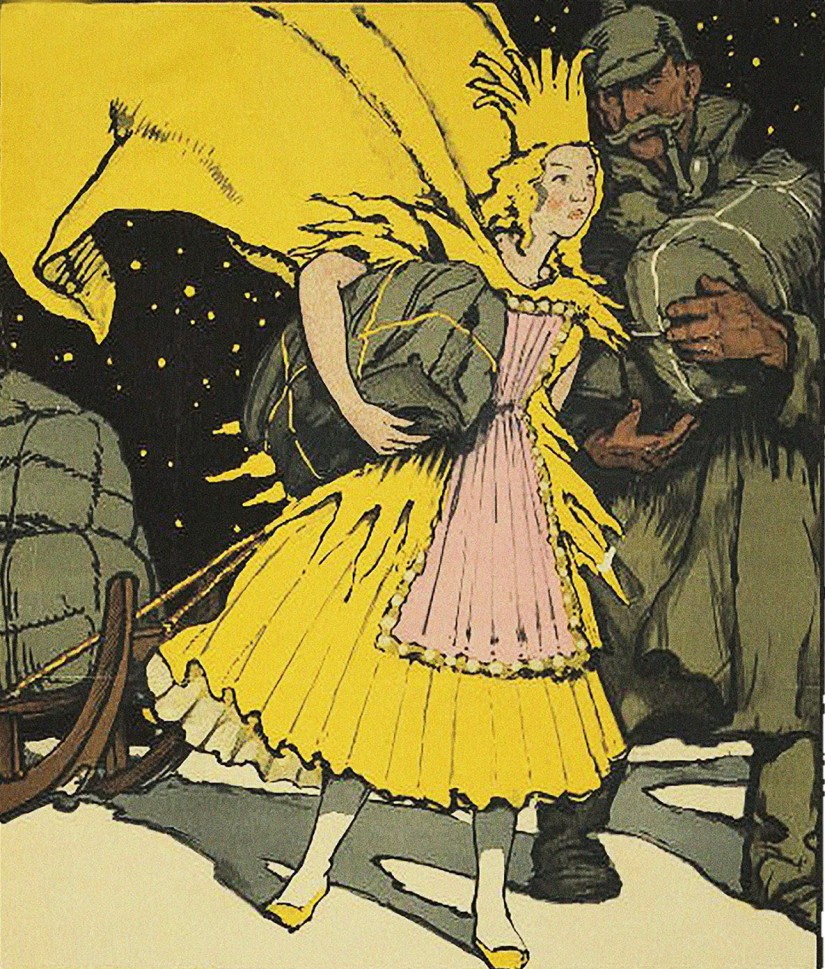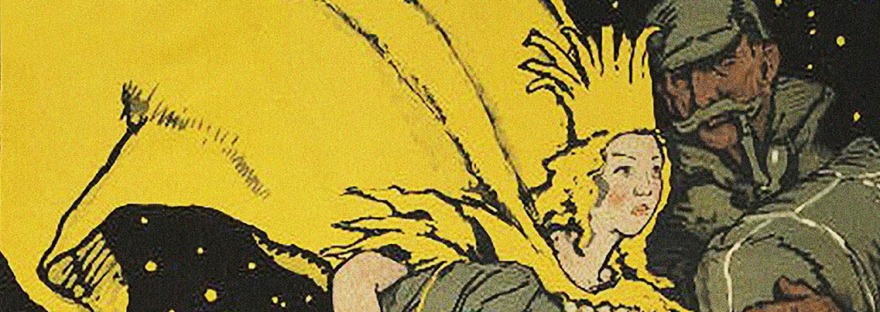Martin Luther influenced our German Christmas traditions, in both northern and southern Germany.

In general, the Christkindl …or Christ-child… always seemed to be the tradition in Catholic southern Germany and the Weihnachtsmann seemed to be the Lutheran tradition in northern Germany. But it was not always so…early in the 16th century there was no Christkindl tradition… the established tradition for all Christians was that Sankt Nikolaus (St. Nicholas) was the gift bringer on December 6th and there were no gifts on Christmas Eve.
Even more surprising to me is that the Christkindl gift bringer tradition was first introduced by Martin Luther. His motivation was to explicitly discourage the figure of St. Nicholas, along with the concept of Saints all together, and thus he introduced the Christ-child as the unseen gift bringer and changed the date of giving gifts from December 6th to Christmas Eve.
The Christkindl tradition was not adopted in Catholic areas until the 19th century, with some exceptions like Nuremberg, where it was already common by the end of the 16th century. Meanwhile, in Lutheran areas the Christkindl began to be gradually replaced by a secularized version of Saint Nikolaus, the Weihnachtsmann (Christmas Man), who brought gifts on Christmas Eve.
The Christkindl is a sprite-like child, usually depicted with blond hair and angelic wings. Martin Luther intended it to be a reference to the incarnation of Jesus as an infant, but eventually the Christ Child began to be represented as a beautiful young female angel bringing the presents.
.
Children never see the Christkindl in person, and parents tell them that Christkind will not come and bring presents if they are curious and try to spot it. The family enters the living room, where the Christmas tree has been put up, for the opening of presents (the Bescherung) when the parents say that they think that the Christkind who has brought the presents has now left again. In some traditions, the departure is announced by the ringing of a small bell, which the parents pretend to have heard or which is secretly done by one of the adults in the family.
The Weihnachtsmann in northern Germany also arrives on Christmas Eve, but he knocks loudly on the door and is seen by all. However, he never arrives until after the Christmas ceremony…sitting around the tree, candles glowing in the otherwise dark room, singing some songs, listening to the familiar tunes, and listening to a reading from the Bible, and wishing each other Frohe Weihnachten. Shortly after this is when the Weihnachtsmann arrives. The youngest kids perform their rehearsed songs or recite a poem. If the Weihnachtsmann was pleased, he would thank each person and leave his bag of presents.
.
Despite Luther’s intentions, the good old Saint Nikolaus never did go away…his day, December 6th, is still celebrated all over Germany…only on a reduced level. He passes by childrens’ homes unseen on the night of the 6th and leaves a few coins and candies in their shoes, which were placed by kids on the window sills.
———————————————————————
The image depicted is a 1917 Bavarian WWI poster showing the Christkindl pulling a sleigh loaded with bundles and delivering one to a German soldier at the front lines.

Explore images on brand new products at my stores


